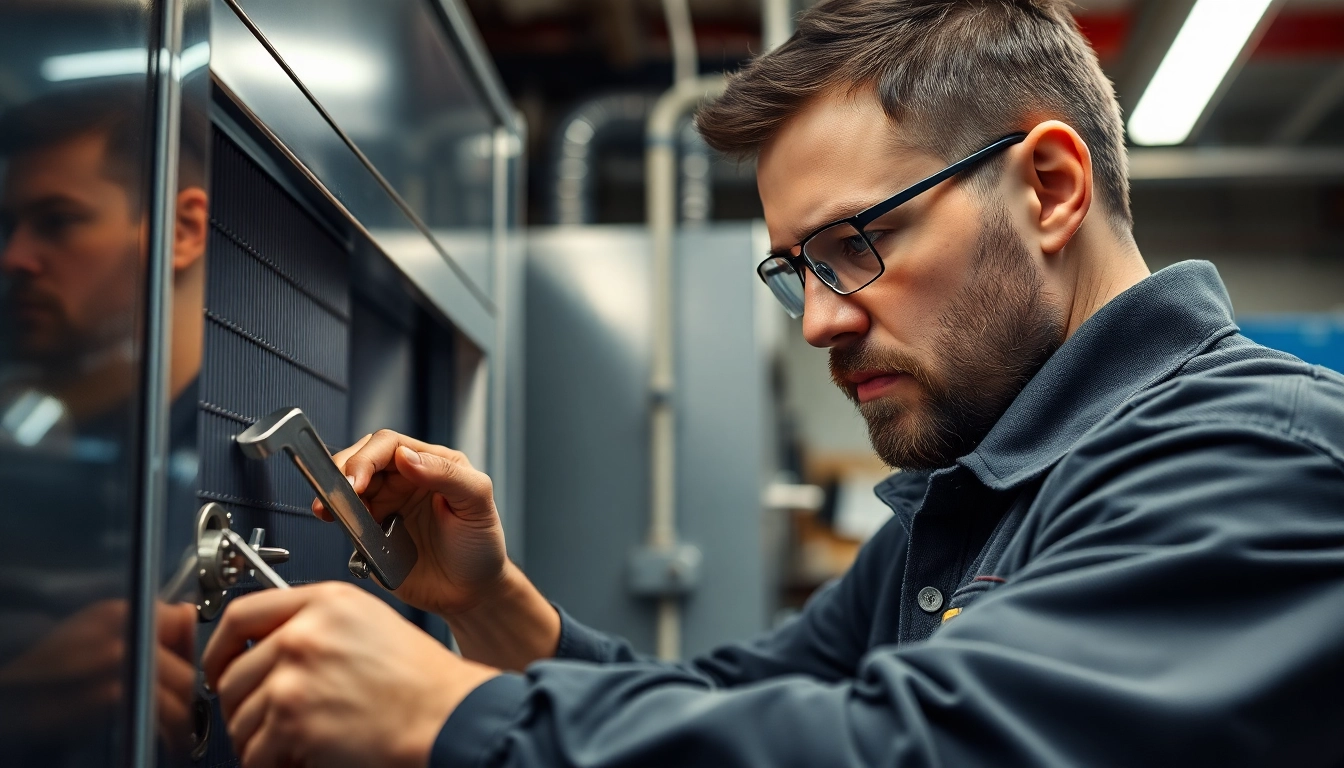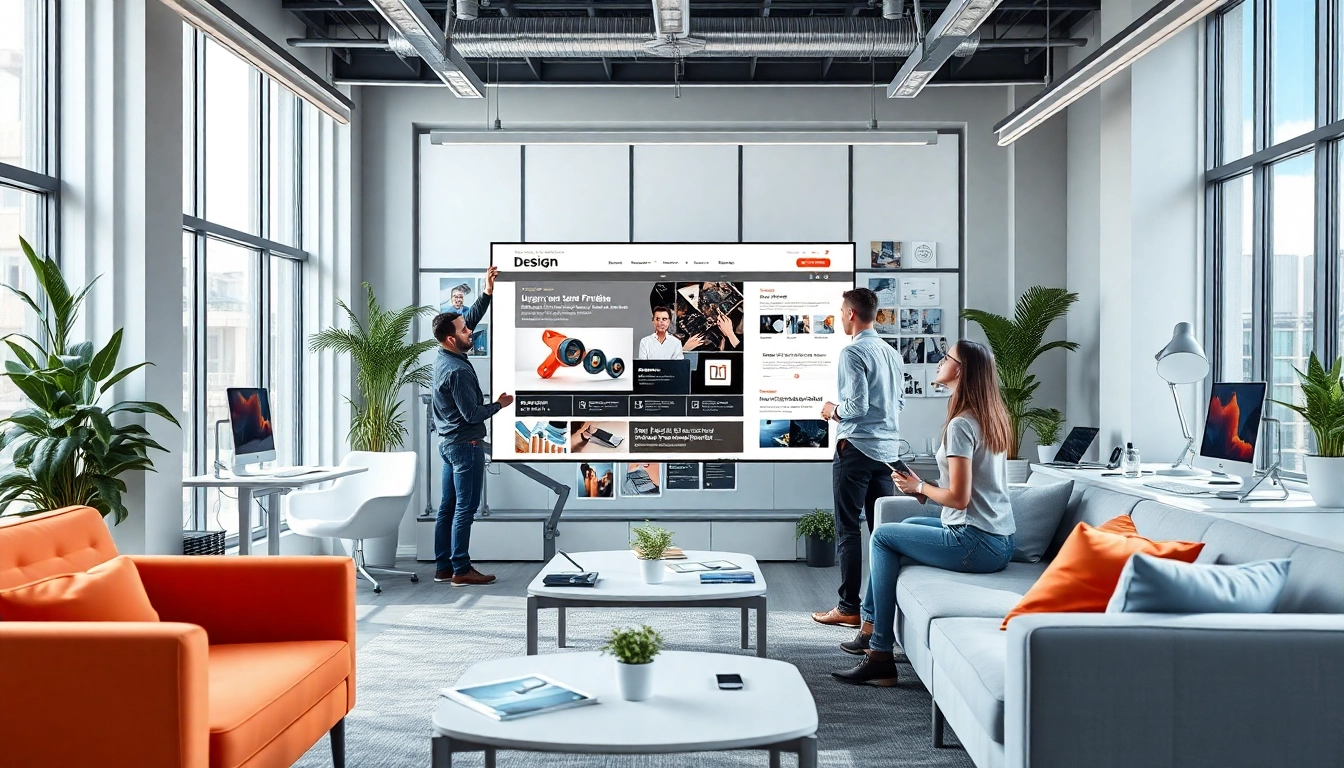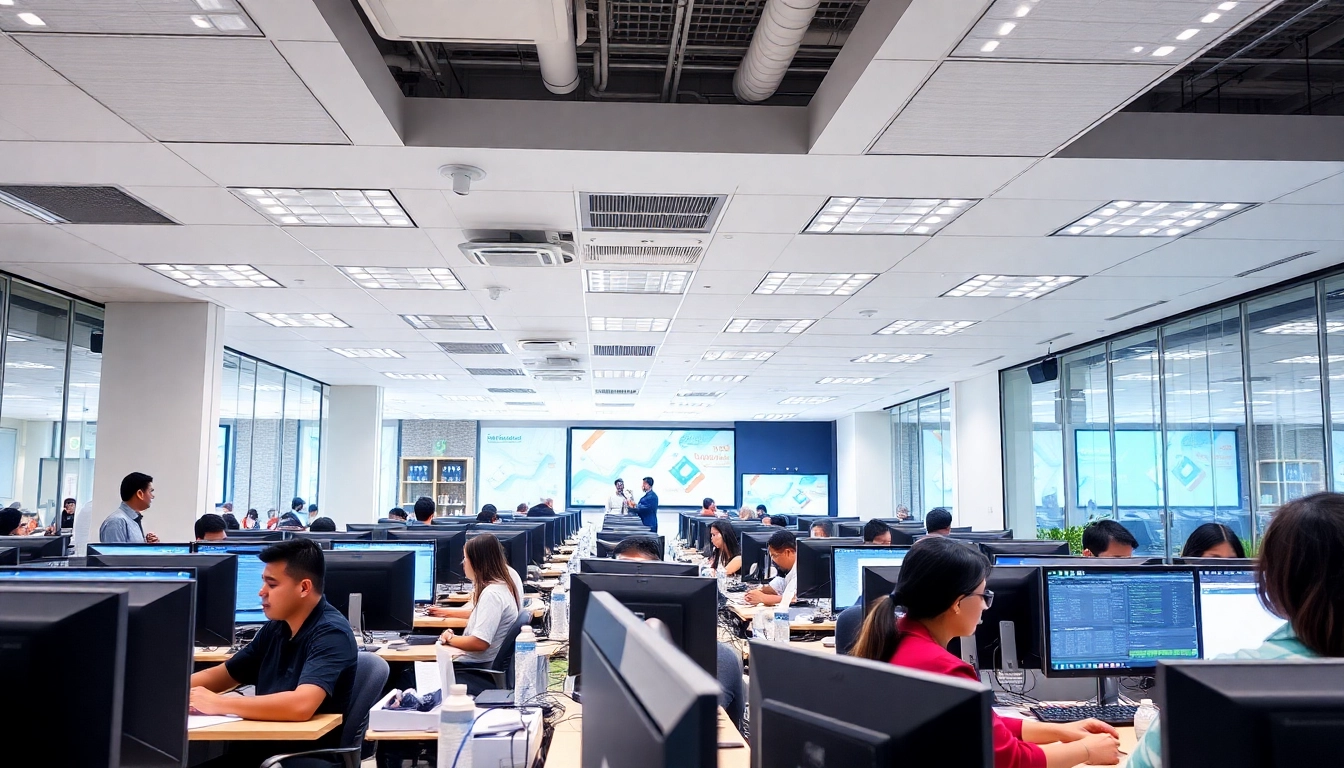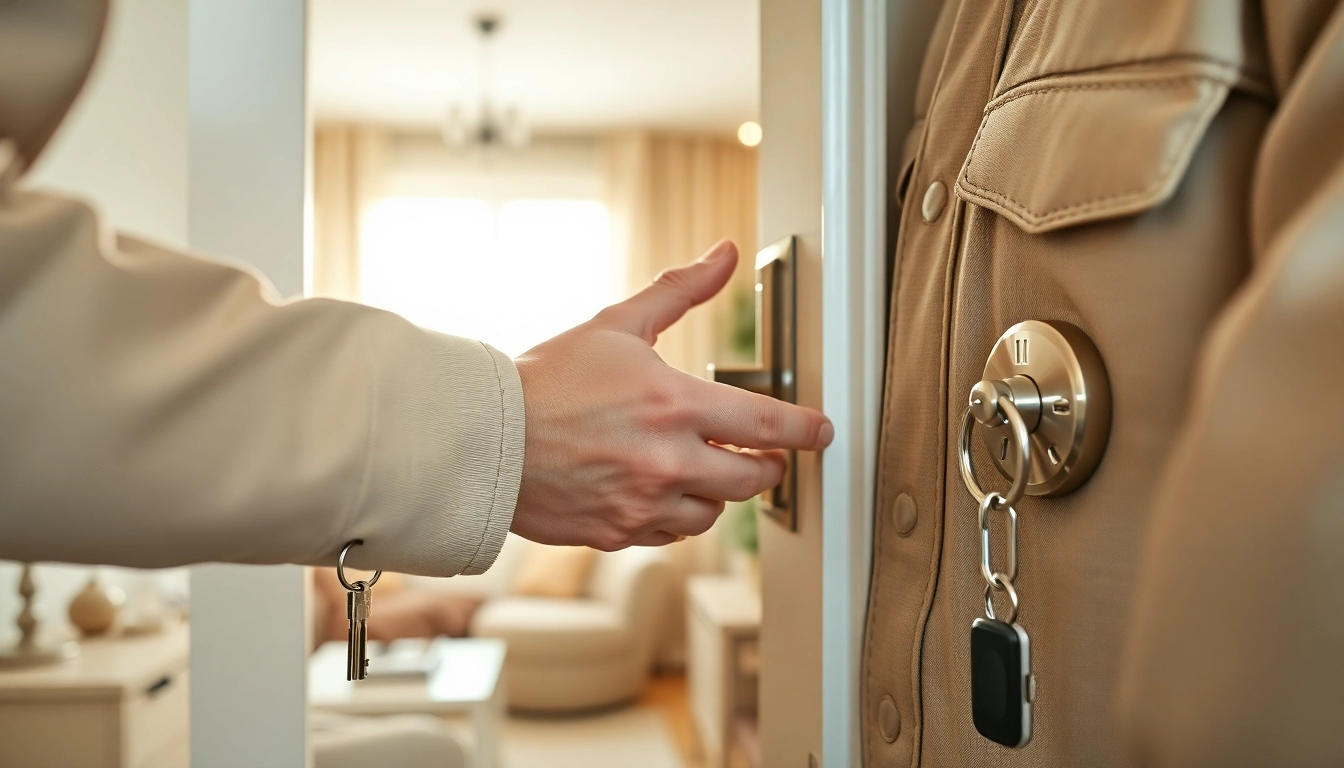Understanding Back Bar Repair
What is Back Bar Repair?
The term back bar repair generally refers to the restoration and maintenance of various types of back bars, typically used in both home and commercial settings, including restaurants, bars, and salons. A back bar is essentially a freestanding structure that can hold various items ranging from liquor bottles to professional beauty products. Back bar repair encompasses everything from fixing structural damage to ensuring that components like shelving units or cabinets are functional and aesthetically pleasing. It is crucial for maintaining the overall functionality and appearance of the space, ensuring that it is conducive for both work and display purposes.
Common Issues and Causes
Several common issues can occur with back bars, leading to the need for repairs. These issues include:
- Structural Damage: This can arise from excessive weight on shelves, poor construction, or accidental impacts during use.
- Water Damage: Spills and moisture can warp wooden surfaces or damage electronic components if the back bar contains refrigeration units.
- Wear and Tear: Over time, components like hinges, locks, and sliding mechanisms may fail, causing operational issues.
- Aesthetic Wear: Scratches, dents, and fading can occur on surfaces due to regular use, diminishing the visual appeal.
Types of Back Bar Repairs
Back bar repairs can be categorized into different types based on the issue at hand:
- Structural Repairs: These involve fixing broken shelves, reinforcing weak points, or replacing damaged components.
- Cosmetic Repairs: Refurbishing surfaces through sanding, painting, or refinishing to improve appearance.
- Functional Repairs: Addressing the mechanics of cabinetry, such as replacing drawers or fixing doors that won’t close properly.
- Electrical Repairs: For back bars with integrated lighting or refrigeration, electrical troubleshooting and repairs may also be necessary.
Tools and Materials for Back Bar Repair
Essential Tools You Need
Before beginning any repair work, having the right tools is crucial. Essential tools include:
- Drills and Drill Bits: Necessary for creating holes for screws and anchors.
- Screwdrivers: Both flathead and Phillips screwdrivers are needed for various screws.
- Hammers and Mallets: Useful for assembling pieces or tapping components into place without damaging surfaces.
- Measuring Tape: Critical for ensuring accurate fits and dimensions during repairs.
- Level: To ensure that surfaces are even and properly aligned.
Recommended Repair Materials
Choosing the right materials for repairs can significantly impact the quality of the result. Recommended materials include:
- Wood Glue: For bonding wooden components back together.
- Wood Fillers: To fill in holes, scratches, or dents in wooden surfaces.
- Plywood or MDF: Used for replacing broken shelves or components.
- Paint or Stain: To refinish surfaces and enhance visual appeal.
- Screws and Brackets: For reinforcing structures and connecting parts securely.
Safety Equipment
Safety should always be a top priority when conducting repairs. Essential safety equipment includes:
- Gloves: To protect your hands while handling sharp tools or materials.
- Safety Glasses: To shield your eyes from flying debris or dust.
- Dust Masks: Especially important if you are sanding surfaces or working with adhesives.
- Ear Protection: Useful when using loud power tools.
Step-by-Step Process of Back Bar Repair
Assessment and Preparation
Before diving into repairs, a thorough assessment is necessary. This includes:
- Inspection: Examine the back bar to identify all areas needing repair. Take note of any structural weaknesses, cosmetic imperfections, or functional issues.
- Documenting Issues: Taking photos or writing down specific problems will help guide the repair process.
- Gathering Tools and Materials: Before starting, assemble all necessary tools and materials to avoid interruptions during the repair.
- Clearing the Work Area: Ensure that the surrounding area is clean and free of obstacles to maintain a safe working environment.
Executing the Repair
After preparation, the next step is executing the repairs, which may include:
- Structural Repairs: Begin with any structural fixes such as reinforcing shelves, replacing broken parts, or fixing hinges.
- Addressing Aesthetic Issues: After structural repairs, you can start addressing surface blemishes, scratches, and other cosmetic problems. Sanding and refinishing the surfaces can drastically improve the back bar’s appearance.
- Functional Components: Make repairs to any drawers or locking mechanisms to ensure that everything operates smoothly.
- Testing Electrical Components: If applicable, verify that any lighting or refrigeration systems are functioning properly after repairs.
Final Checks and Maintenance
After completing repairs, conduct a final check to ensure that everything functions as intended. This includes:
- Operational Testing: Open and close doors, check drawers, and test any electrical components.
- Visual Inspection: Ensure that cosmetic repairs blend well and that the finish is even across surfaces.
- Maintenance Plan: Consider developing a regular maintenance plan to prevent future issues and prolong the lifespan of the back bar.
Tips and Best Practices
Avoiding Common Mistakes
To achieve high-quality repairs and avoid common pitfalls:
- Don’t Rush: Take your time during repairs to ensure quality work.
- Measure Twice, Cut Once: This old adage applies here—always double-check measurements to prevent errors.
- Use the Right Tools for the Job: Utilizing the incorrect tools can lead to damage or ineffective repairs.
- Follow Manufacturer Guidelines: If working with pre-fabricated back bars or components, adhere to any included instructions.
When to Call a Professional
Sometimes, repairing a back bar may require specialized skills or tools. Consider hiring a professional if:
- Work involves extensive structural damage that requires advanced carpentry skills.
- The back bar includes high-value components, such as refrigeration systems, that need expert troubleshooting.
- You lack the tools or expertise to perform detailed cosmetic work.
Cost-Effective Repair Solutions
For those looking to save money while restoring a back bar, consider the following:
- DIY Repairs: Many repairs can be done independently if you have the necessary skills and tools.
- Used Parts: When replacing components, consider sourcing used parts that are still in good condition.
- Bulk Material Purchases: Buy repair materials in bulk to reduce costs.
- Job Sharing: Collaborate with a friend or colleague to split repair costs and efforts.
Future of Back Bar Repair Services
Technological Advances in Repairs
The future of back bar repair services is intertwined with advances in technology. Examples include:
- Smart Components: The integration of smart technology into back bars, such as climate controls or inventory management systems that require specialized repair knowledge.
- 3D Printing: This technology may allow for the rapid creation of replacement parts tailored to specific designs.
- Augmented Reality (AR): AR could facilitate remote assistance, enabling technicians to guide individuals through repairs visually.
Customer Expectations and Trends
As consumer demand evolves, so do expectations regarding back bar repair services:
- Rapid Response Times: Customers increasingly expect quick service for repairs to minimize downtime, especially in commercial settings.
- Sustainability Practices: More clients are requesting eco-friendly materials and practices during repairs.
- Customization: There is a growing inclination towards personalized service, with clients looking for tailored repair solutions.
Building a Sustainable Repair Business
For those in the repair service industry, creating a sustainable model means:
- Diversifying Service Offerings: Expanding into related areas, such as custom fabrications or regular maintenance services.
- Building Community Relationships: Establishing partnerships with local businesses can provide steady referrals and create a network of support.
- Investing in Training: Continuous learning and skill development for technicians can ensure high-quality repairs and service longevity.



